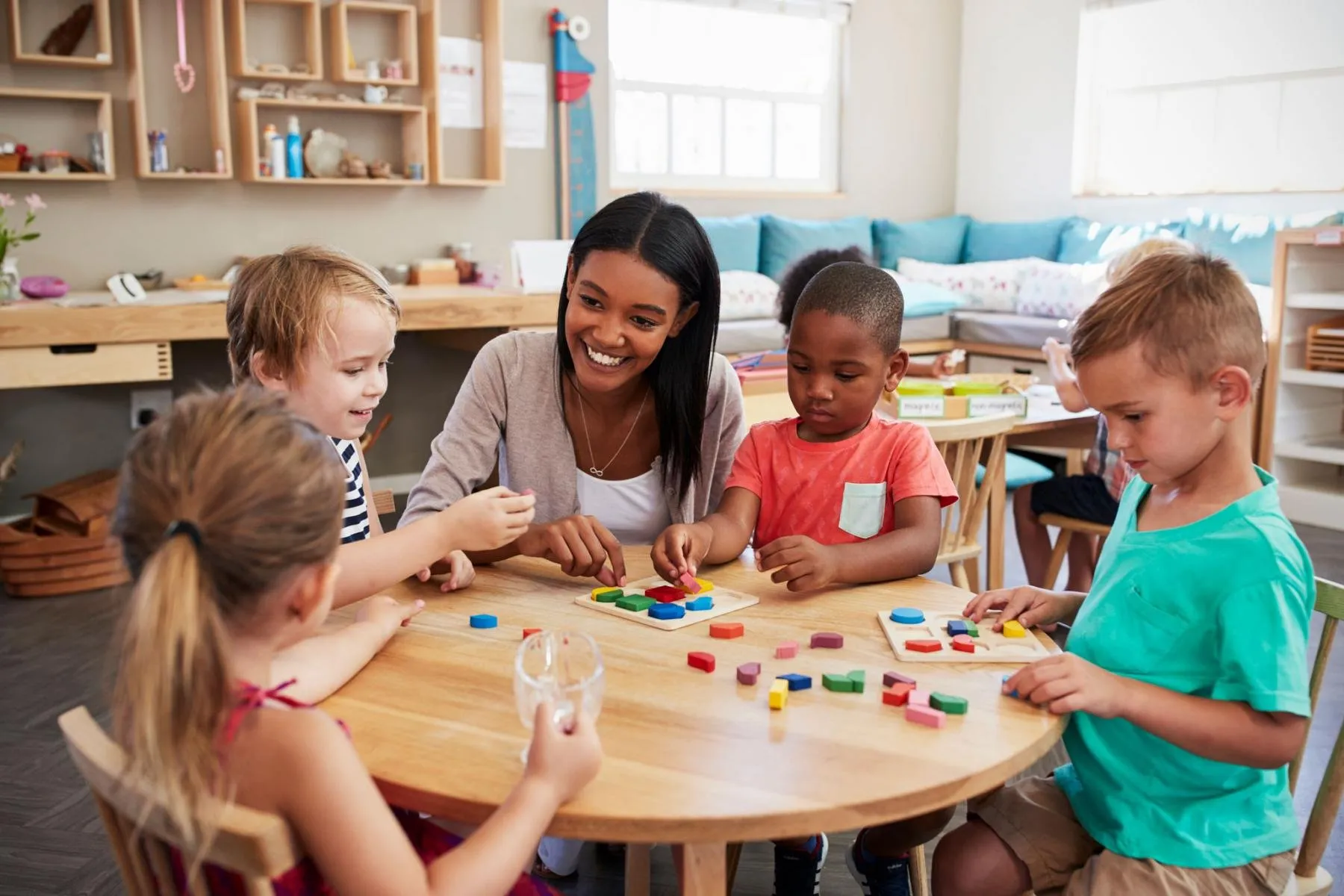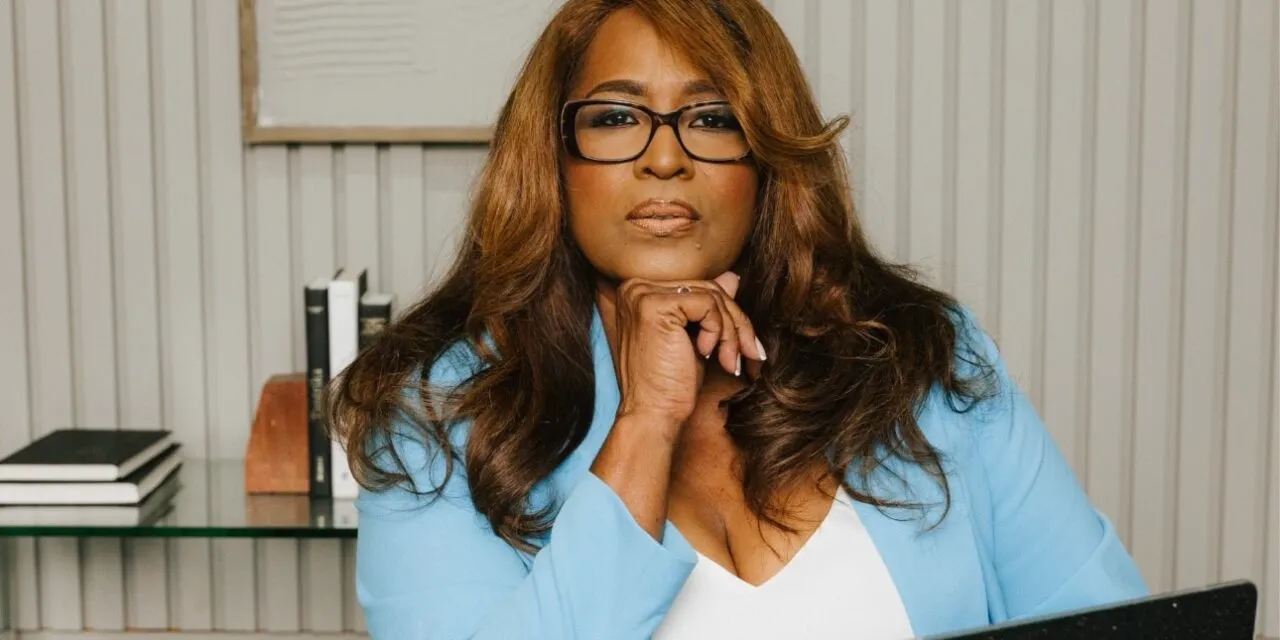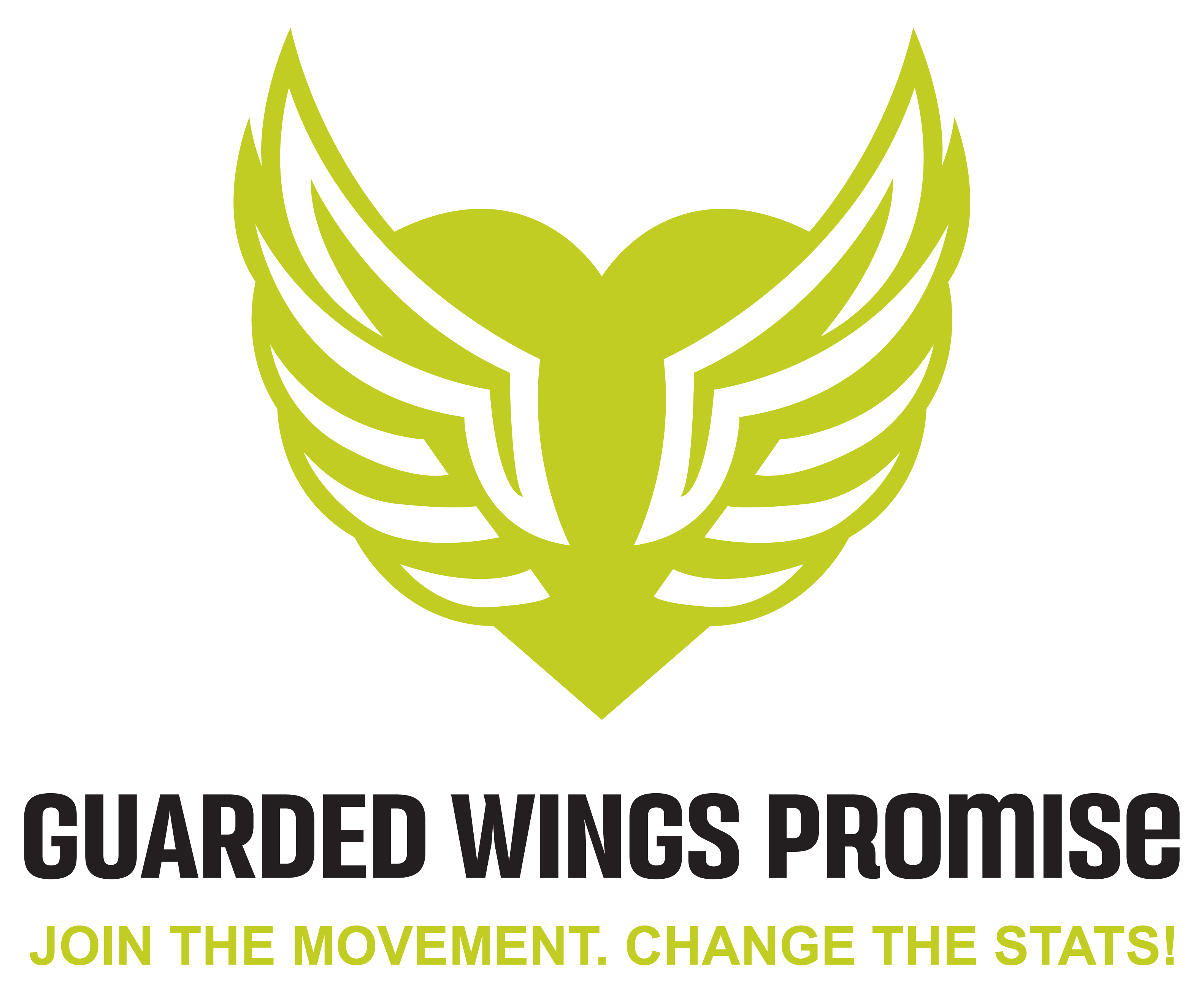Parenthood is a sacred journey, one filled with the promise of unconditional love, boundless joy, and immense responsibility. While many parents prepare for the arrival of their baby by setting up nurseries, attending prenatal appointments, and learning about infant care, one crucial step often goes overlooked: creating systems to safeguard your child from harm, even before they are born.
Childhood safety, particularly safeguarding against sexual abuse, begins long before your child takes their first breath. As parents, you are your child’s first and most important line of defense. The foundation you build now will not only protect them but also empower them to grow up in a secure and nurturing environment. Here are key steps to help you put systems in place before your child is born:
1. Educate Yourself About Child Safety
Begin by gaining knowledge about childhood sexual abuse, its warning signs, and grooming behaviors. Familiarize yourself with the risks and learn prevention strategies. This education will give you the confidence to take proactive steps and recognize situations that could jeopardize your child’s safety. Equip yourself with resources, books, and training programs to deepen your understanding.
2. Build a Trusted Village
Surround yourself with a network of family members and friends who share your commitment to safeguarding your child. Take the time to have intentional conversations about boundaries and expectations. Let them know about your commitment to your child’s safety and what behaviors will and won’t be tolerated. A strong support system can help you create a safe and loving environment for your baby.
3. Establish Boundaries and Policies
Set clear boundaries with anyone who will be part of your child’s life, including family, friends, and caregivers. Establish rules about who can be alone with your child, how physical affection should be approached, and how to maintain open lines of communication. These boundaries should be non-negotiable and communicated with love and clarity.
4. Choose Childcare and Educational Providers Wisely
If you plan to rely on childcare or educational institutions in the future, start researching their policies and practices now. Ask questions about background checks, staff training on abuse prevention, and how they handle reporting and addressing concerns. Prioritize providers that demonstrate a strong commitment to child safety.
5. Commit to Ongoing Conversations
Your commitment to safeguarding your child doesn’t end after birth. Make a plan to engage in age-appropriate conversations with your child as they grow. Teach them about body autonomy, safe versus unsafe touch, and the importance of speaking up if they ever feel uncomfortable. Your early efforts to establish trust will make it easier for your child to come to you with concerns.
6. Heal Your Own Trauma
If you’ve experienced trauma in your own life, particularly childhood abuse, take steps to address it. Healing your wounds is not only a gift to yourself but also to your child. It allows you to parent from a place of strength, awareness, and resilience, breaking generational cycles and creating a new legacy of safety and love.
7. Celebrate the Journey
Finally, embrace the journey of parenthood with joy and intentionality. Preparing to protect your child is an act of love that reflects your deepest commitment to their well-being. Celebrate each step you take toward creating a secure and nurturing environment. Remember, every effort you make today paves the way for a brighter, safer future for your child.
Final Thoughts
The journey to protecting your child begins long before their first cries fill the room. By educating yourself, building a village, setting boundaries, and committing to ongoing conversations, you’re laying the groundwork for a life where your child feels safe, valued, and loved. As you prepare for your child’s arrival, remember that you are not just welcoming a baby into the world—you are creating a legacy of protection and love that will shape their future and the generations to come.
The journey begins now, and with intentionality and love, you can make all the difference. Start today. Your child’s safety and well-being depend on it.






